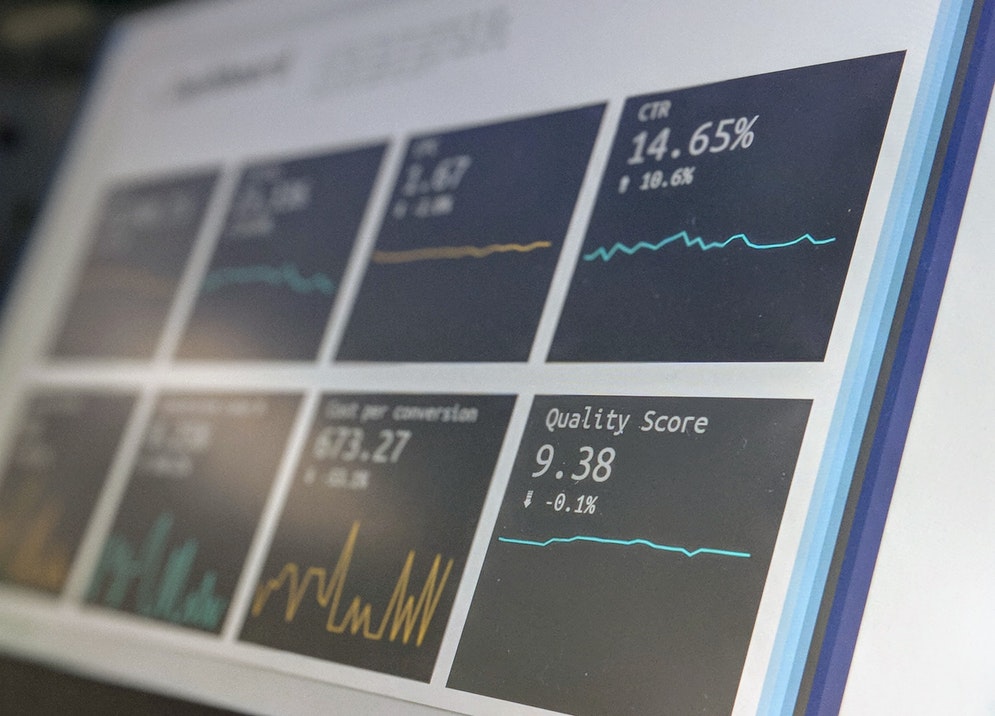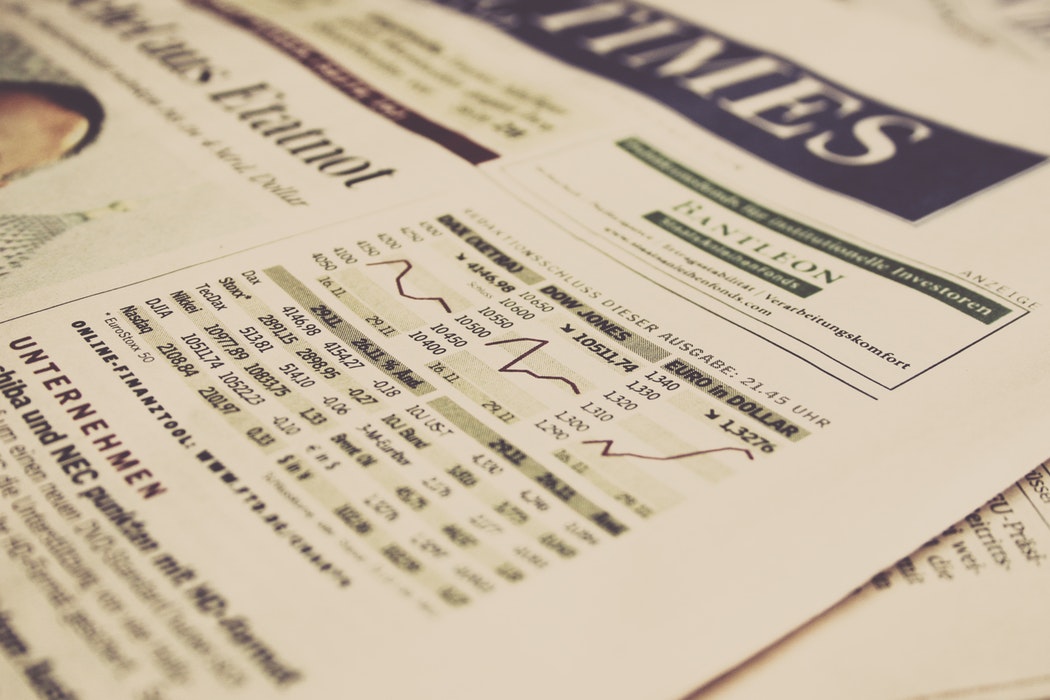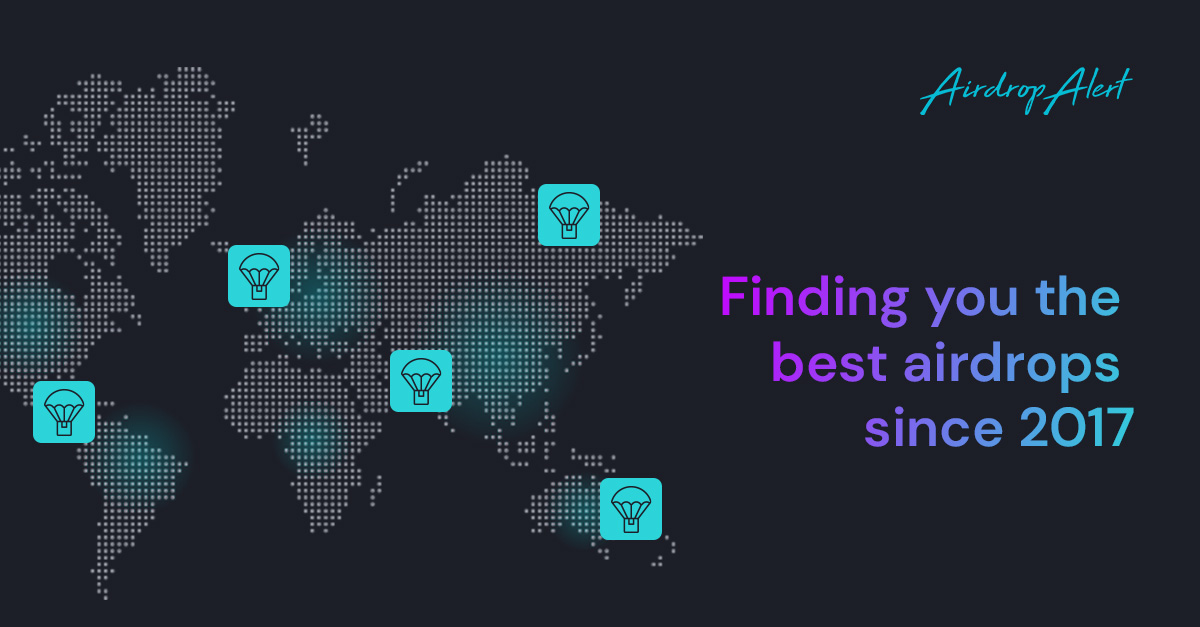Simon says, no minimum investment or additional paperwork, and children go “weeee”. Seriously, are ETFs that great? Let’s knock it off before someone else earns a pile of money on it.
There is a lot of buzz in the crypto world about Bitcoin ETFs. Winklevoss twins are trying to get it approved.
And the SEC has been very energetic in the department of cryptocurrencies lately, now reviewing two Bitcoin ETF proposals.
So, what is an ETF? How does it differ from mutual funds and individual shares?
Let’s take a closer look!
Just like there are a variety of different mutual funds, there are many different ETFs, each with different objectives.
But before we move forward, let’s define an ETF in the most classic manner.
An exchange-traded fund (ETF) is an investment fund traded on stock exchanges, much like stocks.
OK, if you’re an ultimate beginner, you probably have left the page in the middle of the previous sentence.
Not yet?
As a thank you for this miracle, let’s connect some dots.
An exchange-traded fund (ETF) means that there is some fund you can trade on an exchange.
Moreover, they call this fund an investment fund, so let’s look into that, too.
An investment fund is a supply of capital belonging to numerous investors used to collectively purchase securities while each investor retains ownership and control of his own shares. Types of investment funds include mutual funds, exchange-traded funds (ETFs) and hedge funds.
Bingo! An ETF share is a fraction of a capital or a fund numerous investors trade on the exchange.
But the fund itself consists of stocks, bonds, real estate and other types of investment assets that are selected and managed by an experienced manager.
Those investments are then sliced up into millions of pieces and sold to individual investors on exchanges in the form of ETFs.
Hedge funds sound familiar to this concept and are an interesting topic in the context of competition with ETFs, but we will not talk it here for one simple reason.
The typical minimum hedge fund investment is between $500,000 and $1 million. Meaning, only sophisticated investors can take part in such a fund!
As for ETFs and mutual funds… let us put it this way, do you have $100? Then, read on!
How does an ETF differ from mutual funds?

Mutual funds have got a set of characteristics that might become a pain in the neck for a beginner.
First of all, you can’t trade them on a stock market, compared to ETFs. Not that trading on a stock market is easy, but mutual funds are even trickier to trade.
Second of all, you need to pay multiple fees to managers that take care of your portfolio.
Understanding these fees is important since they have a large impact on the performance of investments in a fund.
But the fees charged for mutual funds can be complicated.
With ETFs, the fees are much lower due to the fund’s structure. And they are easier to understand.
Last but not least. Say, you want to switch to another manager at another firm.
It will make you go through a painful process associated with money loss and a lot of time – if you’re with the mutual funds.
With ETFs, the switch is not a problem!
Invest or not invest? ?➡️
Although there are mutual funds with no minimums, most of them require a minimum initial investment of between $500 to $3,000.
So, how are ETFs better?

There are multiple ETF types out there: commodity ETFs, style ETFs, country ETFs, technology ETFs, even inverse ETFs.
Want to buy a little bit of Apple and a little bit of Microsoft at the same time?
Buy one share from a technology ETF.
But don’t get excited too soon.
First, we’ll list some advantages of ETFs, to jump to the downsides later.
- One of the biggest advantages of an ETF is diversification.
If you don’t have expertise in specific sectors, styles, industries, or countries, ETF shares might provide you with easy exposure to a specific desired market segment.
Of course, there are very many mutual funds that offer you diversified portfolio, but, statistically, there are even more ETFs.
The more the choice, the more flexible your trading strategy can be!
- Tax benefits
Capital gains tax on an ETF is incurred only when an investor sells their ETF, as opposed to… right, mutual funds.
With mutual funds, investors pay capital gain taxes through the life of the investment.
Yay, ETFs! No more additional financial burden and tiring paperwork!
- ETFs can be purchased for as little as one share
OK, this is where we started the article.
With ETFs, there is basically no minimum investment, and you can buy as little as one share.
Isn’t is a perfect fit for a beginner?
Right. As perfect as everything else under the blue sky. So, get ready for the downsides…
The most important part 🙂
After reading articles like this, the next question you’re about to ask Google is probably going to be somewhat like, How can I buy ETFs?
Please don’t.
At least until you read this part because – surprise, surprise – ETFs have got disadvantages, too.
- ETFs sometimes limit investors to large-cap stocks due to a narrow group of choices within the index. That reduces growth opportunities.
Breath out for now. Here comes the simple explanation.
An ETF is like a market index.
The market index consists of selected stocks, and investors use this index to describe the market.
So when you buy an ETF, you buy a piece of market with its characteristics.
For example, you buy the technology ETF, meaning you buy a portion of the rising/bullish technology market.
But because you buy a very specific segment of the market, you’re confined to the specific companies financial managers from ETF firms choose for you.
And they always choose stability over growth.
Say, you want your ETF to consist of Microsoft, Apple and Netflix. You will hardly find something like that. Because growth-companies like Netflix are less stable than giant corporations.
ETFs provide you with stability for the long-term perspective, but you can earn more on growth companies over the shorter period of time.
Stability is good, but it doesn’t equal growth.
- Dividend-paying ETFs may not pay as much as owning high-yielding stocks, or groups of stocks.
Indeed, it makes sense to start choosing between stocks and ETFs, rather than between mutual funds and ETFs.
Why?
Because some stocks rise much faster than ETFs, plus, you can build the portfolio yourself!
No need to buy a share that tracks an equity of the company you don’t like!
Create your own portfolio, choose the shares of your preference and start earning without ETFs.
Just kidding, the whole point of this article was to show you the advantages of ETFs, but you should remember the simple truth.
Like everything else in this world, it’s up to you! There is no recipe on how you can get rich over night.
What would you choose? ETFs or individual shares? Read, analyse, go for it and let us know in the comments section down below!
But before we say goodbye, let’s sum up in a beautiful way, for all the beautiful people who have held out for the end of this piece of text.
Financial advisors generally believe that the pluses of ETFs overshadow the minuses by a sizable margin.
Yet, ETFs can sometimes be tricky, so keep an eye for their potential disadvantages.
***
If you enjoyed this story, please click the clap button and share to help others find it! Feel free to leave a comment below.
Proof of Community ← P R E V I O U S







